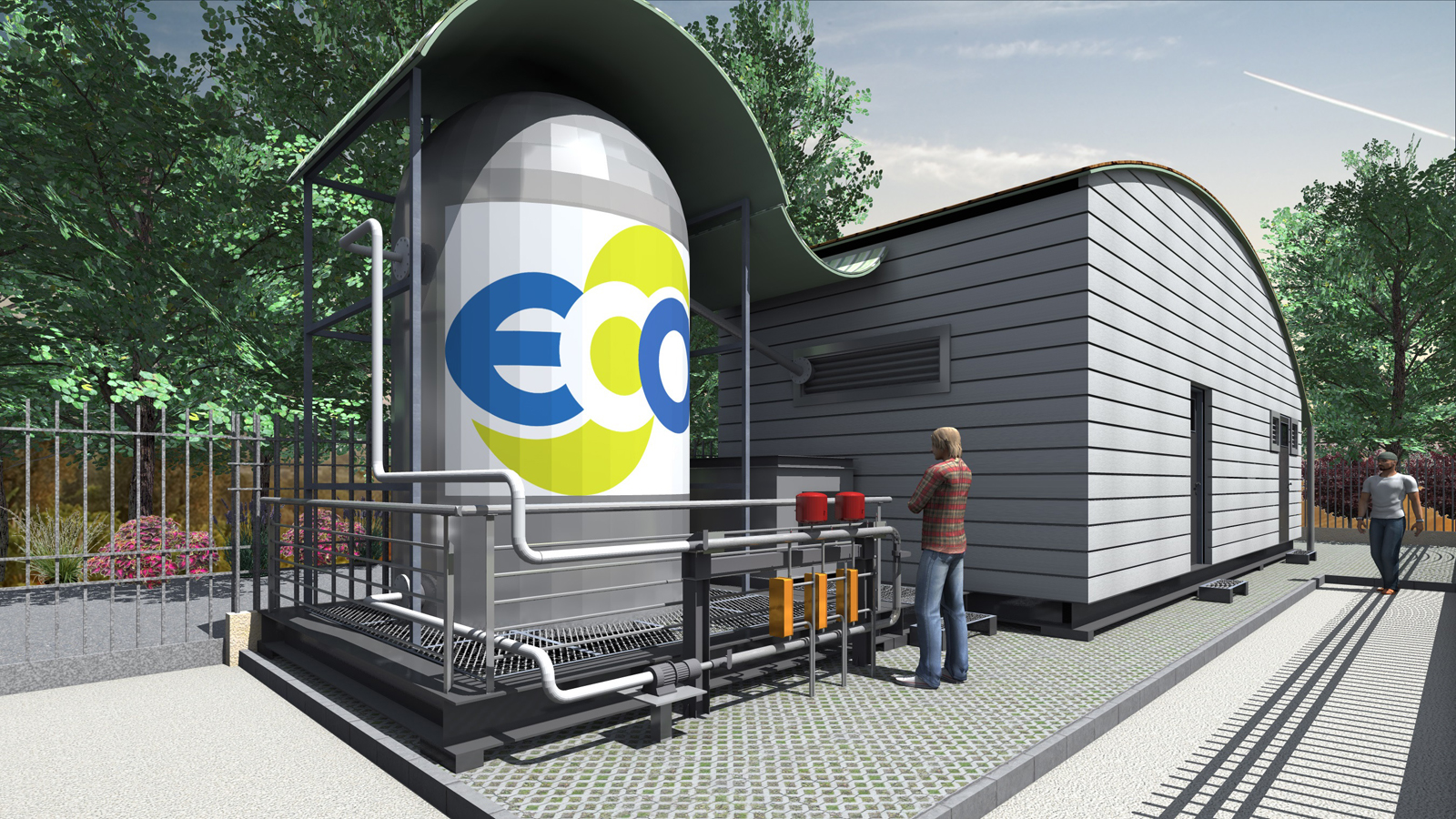
Cogeneration
Aim
Combined production, in a single process, of electric or mechanic energy and warmth, is what is defined synthetically with the expression “cogeneration”. The self-production of energy through our plants it aims to reduce energy costs and consumption as well as emissions that are harmful to the climate and the environment. It is probably, to date, one of the most valid alternatives in terms of sustainability in both the private and public sector.
Solution
The multi-fuel plant for heterogeneous biomass cogeneration proposed by Centro Diagnostico Baronia s.r.l., as a renewable source plant, is comparable to a photovoltaic system both for authorisation and management procedures.
It doesn’t require a building permit (since it doesn’t alter the current urbanistic or building structure), it’s totally automated and doesn’t need the personnel of the conduction, this being carried out at a distance. The operations of loading and unloading of the flow of matter and of the relative ordinary and extraordinary maintenance are executable totally in outsourcing.
Our type plant is spread over an area of about 40 sqm and is housed on skid made with steel beams and components with an orsogril steel mesh tread surface, all positioned on a pre-existing reinforced concrete platform.
The main innovation is to experiment the use of heterogeneous biomasses trough the combined use of two systems of solid/gas pyro gasification and cremation and pyro gasification cream/gas rather than emulsion/gas or liquid organic/gas for the joint supply of the endothermic motor.
Reasons behind the choice to build a cogeneration plant
Energetic Reason
Consequent to the lower fuel consumption and to the lower losses of transmission and distribution for the electrical system, consequent to the localization of the plants near the catchment areas
Strategic reason
Reasons of national interest, for the saving of primary sources, given the vulnerability of a strongly foreign-dependent energy system.
Environmental
Thanks to the reduction of greenhouse gas emissions and polluting products and the replacement of low-efficiency heat production methods.

- Energy Saving 80%
- Pollution Reduction 90%
- Money Saving 75%
Concrete Results
Great interest of that technology has found at the global level is its foundation in the possibility of reducing primary energy consumption (and thus emissions into relative atmosphere) by improving the performance of processing processes: in this way the large energy dispersion realized in the conventional plants of electricity production is reduced by going to serve the production of heat for the heating in network of civil buildings and for the summer conditioning.
